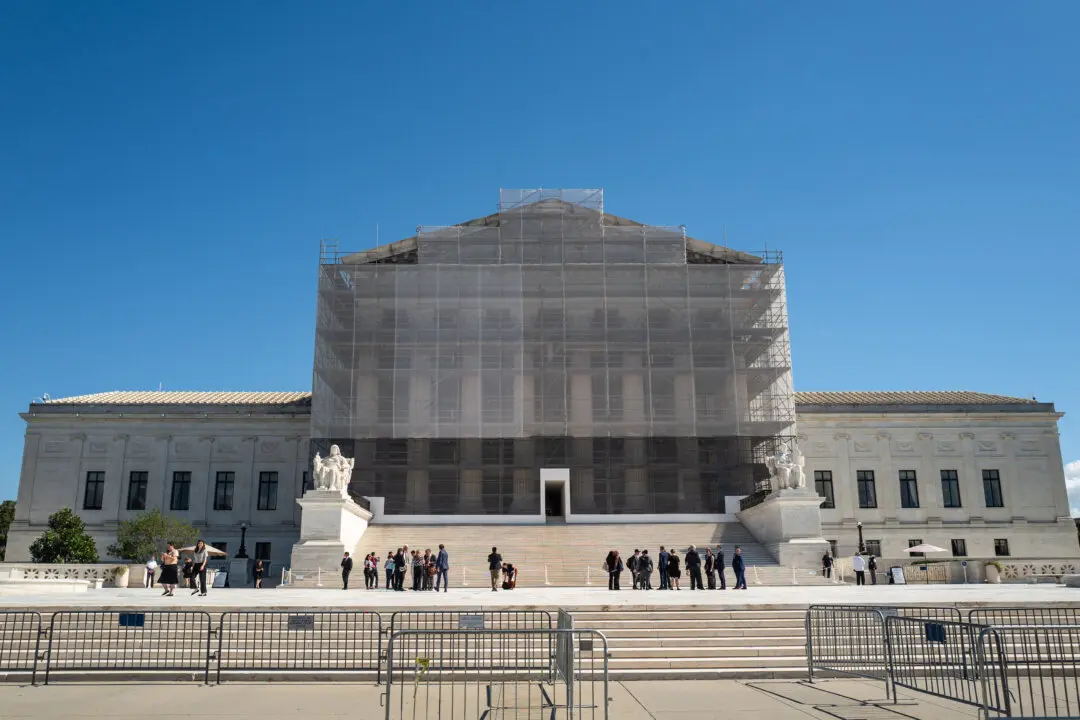Two weeks into a nineteen week application period, more than 78,000 people have applied to become a settler of Mars in 2023.
Mars One, the nonprofit with the goal of establishing a human settlement on the planet, announced the milestone.
“This is turning out to be the most desired job in history,” said Bas Lansdorp, co-founder and CEO of Mars One, in the announcement. “These numbers put us right on track for our goal of half a million applicants.”
All applicants have to pay a registration fee, between $5 and $73, depending on what country they hail from, and submit a one-minute video that should convince “people around the world and the Mars One selection committee that you would be a great candidate to become one of the Mars One astronauts,” according to the organization’s website.
The journey to Mars is one-way because after a prolonged stay in a weightless environment, the human body will not be able to adjust to the higher gravity of Earth upon return, according to Mars One.
Applicants so far come from across the globe, with the most coming from the United States (17,324), China (10,241), and the United Kingdom (3,581). Many of the applicants are younger than 40.
Anders, 51, an applicant from Sweden, said in his video: “I often fantasize to just get on board a spaceship and go, to explore the universe. I often get the feeling that I don’t belong here, but up there, in space.”
Katarina, 23, an applicant from the United States, said that she’s an adventurer and an explorer and grew up in a “sci-fi loving household.”
“I’ve always dreamed of being an astronaut and being able to explore new planets,” she said. “I want to go to Mars so I can learn so many amazing things, and share it with Earth to help inspire people to want to continue exploring space and push the boundaries of human knowledge and what we can achieve.”
There will be four selection rounds: during the first round the Mars One selection committee “forward the most committed, creative, resilient and motivated applicants,” said Dr. Norbert Kraft, Mars One chief medical officer.
Mars One leaders outlined what they are looking for in potential astronauts:
“Applicants need to be at least 18 years of age, have a deep sense of purpose, willingness to build and maintain healthy relationships, the capacity for self-reflection and ability to trust. They must be resilient, adaptable, curious, creative and resourceful. Mars One is not seeking specific skill sets such as medical doctors, pilots or geologists. Rather, candidates will receive a minimum of eight years extensive training while employed by Mars One. While any formal education or real-world experience can be an asset, all skills required on Mars will be learned while in training.”
After receiving all the applications (online submission is possible through Aug. 31, 2013), regional reviewers will select around 50-100 candidates from different regions on Earth for Round 2.
The selection process will end in 2015 with 28-40 candidates, who will train for the one-of-a-kind mission for around seven years. On the first mission, slated to take off in 2022 and arrive in 2023, four astronauts will launch. Other groups of four will follow every other year.
The first mission is slated to cost about $6 billion and the organization is looking for a round of funding to pay potential suppliers to do conceptual design studies, so it can better calculate costs.
Mars One is planning on building a replica of the settlement on Earth beginning this year. A supply mission, which will have a cargo ship go to Mars with supplies such as solar panels, is slated to take off in 2016. The first rover will land, if all goes according to plan, in 2018, and in 2021 the six “landers,” or two living units, two life support units, a second supply unit, and another rover, are slated to arrive in 2021 (see photo for the “landers”).
Everything is supposed to be set up pretty well, for when the astronauts themselves are slated to arrive on the Red Planet in 2023.
Application submissions can be made here.





